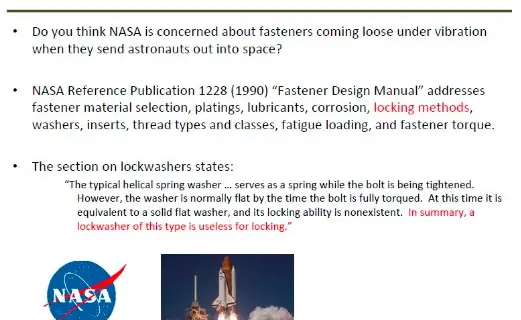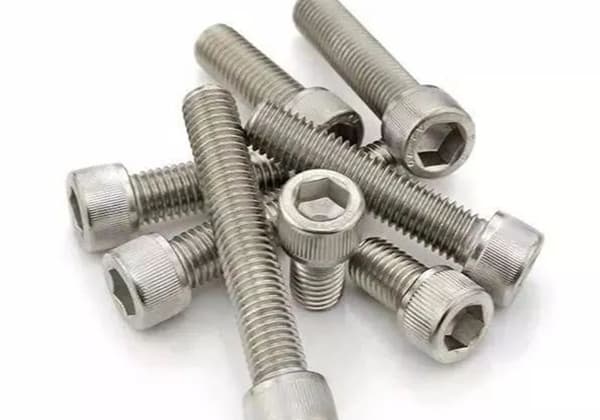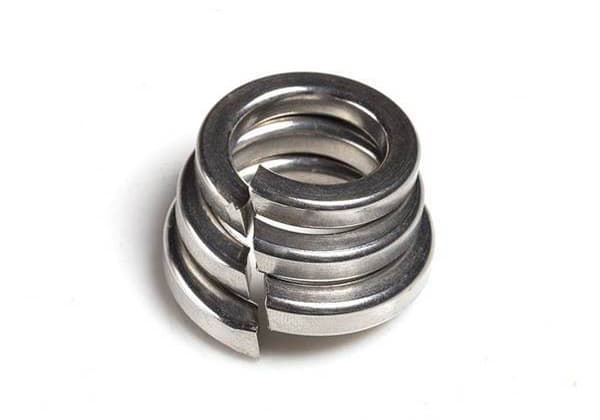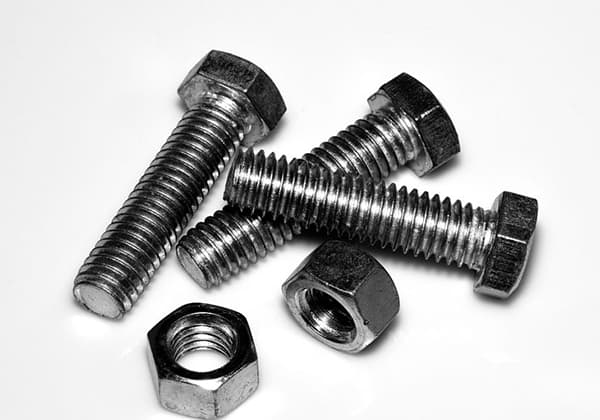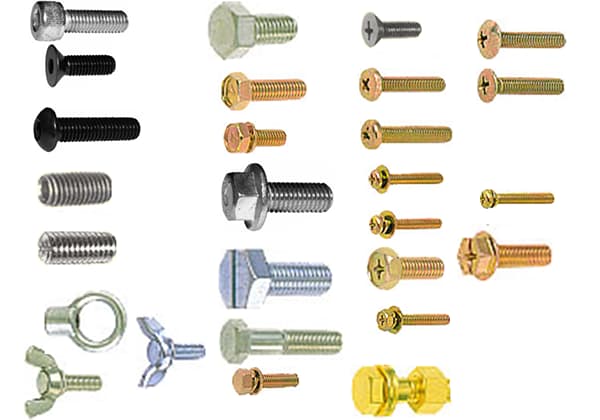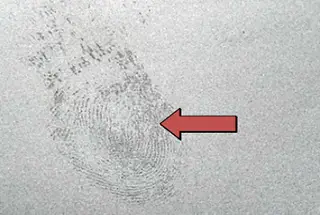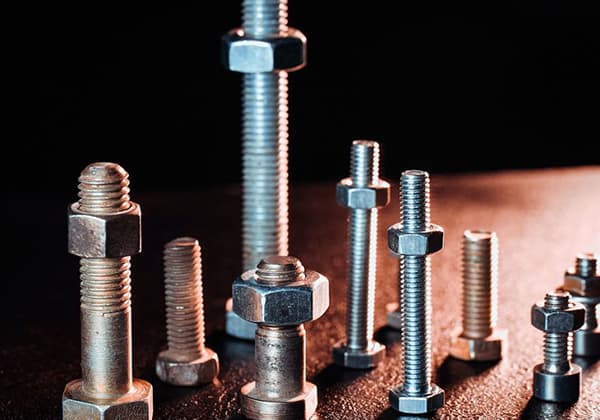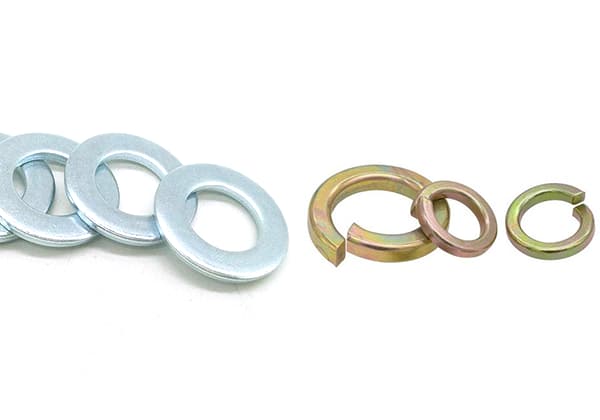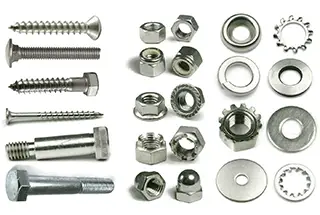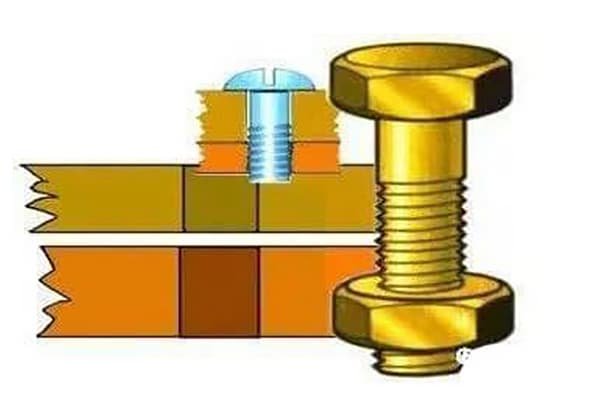
Have you ever questioned if a simple spring washer can truly prevent bolts from loosening? This article explores the mechanics and effectiveness of spring washers, revealing their limitations and practical applications. You’ll discover why their usage is declining in critical load-bearing connections and what alternatives might offer better reliability. Dive in to understand the real impact of spring washers on maintaining secure fastenings in various mechanical systems.
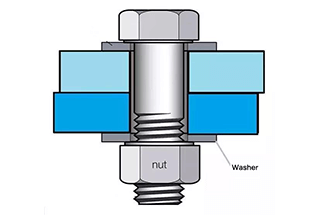
The anti-loosening function of a spring washer operates on a dual-action principle, combining axial force and frictional resistance to maintain the integrity of threaded connections.
Primarily, when compressed during assembly, the spring washer generates a sustained elastic force. This force creates an axial preload that maintains tension in the bolt-nut assembly, effectively counteracting vibrational and dynamic loads that could otherwise lead to loosening. The continuous elastic pressure exerted by the washer serves to distribute the clamping force more evenly across the joint interface.
Secondarily, the spring washer’s design incorporates sharp edges at its split opening. Upon tightening, these edges are forcefully pressed into both the underside of the bolt head (or nut) and the surface of the clamped component. This mechanical keying effect significantly increases the frictional resistance against rotation, creating a localized interference fit that inhibits relative movement between the fastener and the joined parts.
Furthermore, the helical profile of the spring washer introduces a slight angular misalignment between its upper and lower surfaces. This geometry creates a variable pressure distribution around the circumference of the washer, which enhances its ability to maintain consistent contact pressure even under minor deformations or settling of the joint.
It’s important to note that while spring washers offer these locking benefits, their effectiveness can vary depending on factors such as material properties, surface finish, and the specific loading conditions of the application. In critical joints, they are often used in conjunction with other locking methods for optimal security.
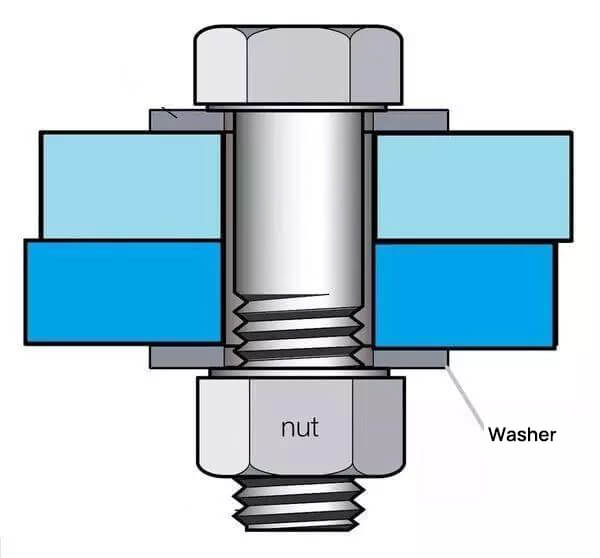
Spring washers are commonly employed in various mechanical assemblies due to their cost-effectiveness and ease of installation. They find applications in both load-bearing and non-load-bearing components, particularly in systems requiring frequent assembly and disassembly.
However, the anti-loosening effectiveness of spring washers is limited and has been a subject of debate in engineering circles. Recent studies and industrial practices have shown that their performance in preventing loosening under dynamic loads and vibrations is not as reliable as once thought. In fact, in high-reliability applications, especially those involving critical load-bearing connections, their usage has been declining in advanced manufacturing regions such as Europe and North America.
The limitations of spring washers have led to a shift towards more effective fastening solutions. For instance, in aerospace and military industries, there’s a growing trend to replace traditional spring washers with superior alternatives. The Chinese Academy of Space Technology has reportedly prohibited the use of steel spring washers in certain applications due to safety concerns, including the risks of hydrogen embrittlement and fatigue failure under cyclic loading.
Advanced fastening technologies, such as wedge-locking washers, chemical thread-locking compounds, and specialized locking nuts, are increasingly being adopted in critical applications. These alternatives offer improved resistance to vibration-induced loosening and better long-term reliability, especially in high-stress environments.
It’s important to note that while spring washers may still have their place in less critical applications, engineers should carefully consider the specific requirements of each assembly, including load conditions, vibration exposure, and safety implications, when selecting fastener locking methods. For applications demanding high reliability and safety, more advanced anti-loosening solutions should be evaluated and implemented.
The connection between the axle final drive and the axle housing uses Grade 10.9 M16 x 100 bolts with a tightening torque of (280+20) N·m, tightened using a high-precision electric tightening machine. The change in torque with angle of rotation during the tightening process of the bolt was measured with and without a spring washer.
Comparison of the torque-angle curves showed that there was always a pre-tightening torque of approximately 10 N·m when a spring washer was used, while without the spring washer, the bolt torque remained at 0 N·m before increasing significantly. This suggests that the spring washer can be completely flattened with a bolt pre-tightening torque of about 10 N·m. Confirmation of this inference was obtained through inspection with a digital torque wrench, which showed that the bolt torque had not reached 20 N·m and the spring washer had been completely flattened.
These results indicate that the spring washer only provides an elastic force of 10 N·m, which is negligible compared to the 280 N·m bolt pre-tightening torque. Furthermore, such a small force is not sufficient to embed the sharp corners at the notch of the spring washer into the surface of the bolt and connected part. Upon disassembly, no obvious embedded marks were observed on the surfaces of the bolt and connected part.
As a result, the anti-loosening effect of the spring washer on the bolt can be disregarded.
Adding a washer between the bolt and connected part may introduce another potential safety hazard if the washer has quality issues. When the bolt torque is high (greater than 200 N·m), using a spring washer as a locking mechanism is not effective and may even be harmful. Under the influence of impact, vibration, and variable loads, the preload can suddenly disappear, leading to the connection becoming loose.
NASA has also recognized the limitations of open spring washers. In the lock nut chapter of the NASA standard, it is stated that “The typical helical spring washer… serves as a spring while the bolt is being tightened. However, the washer is normally flat by the time the bolt is fully torqued, at which point it is equivalent to a solid flat washer, and its locking ability is non-existent. In summary, this type of lock washer is useless for locking.”
See the following figure for excerpts from the original text. However, some professionals hold a differing opinion. What is your perspective on this?
